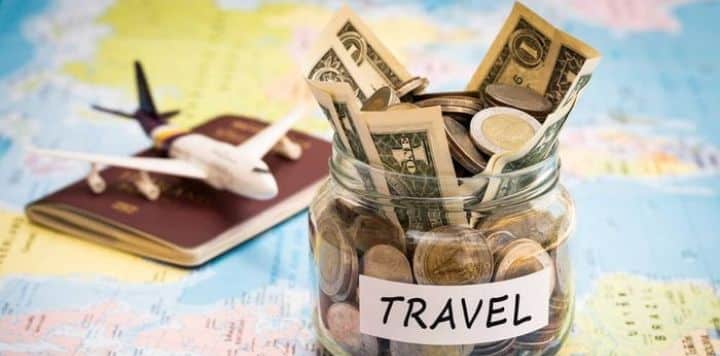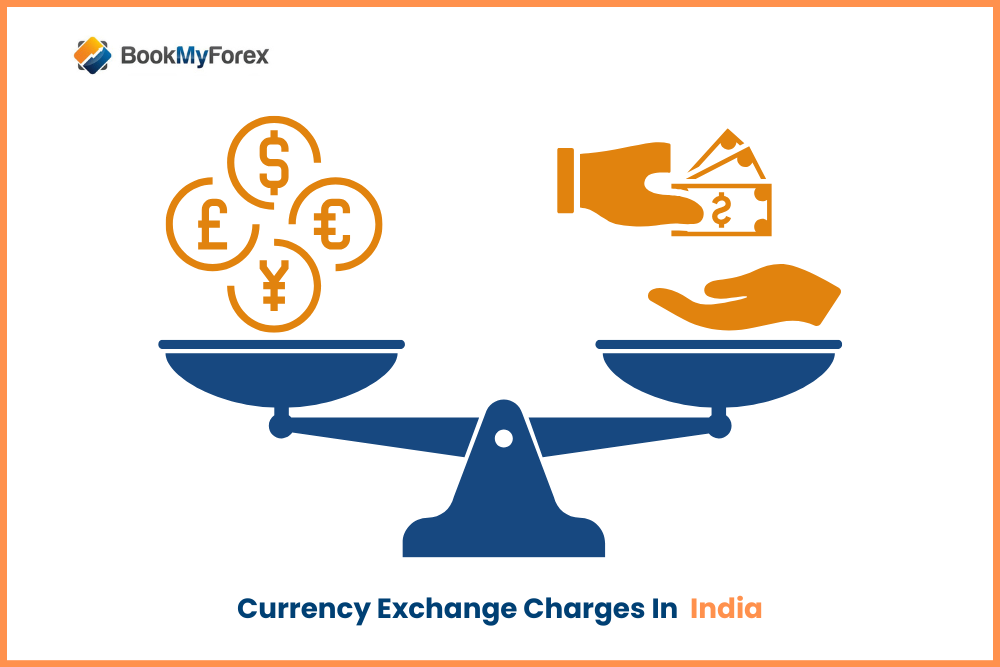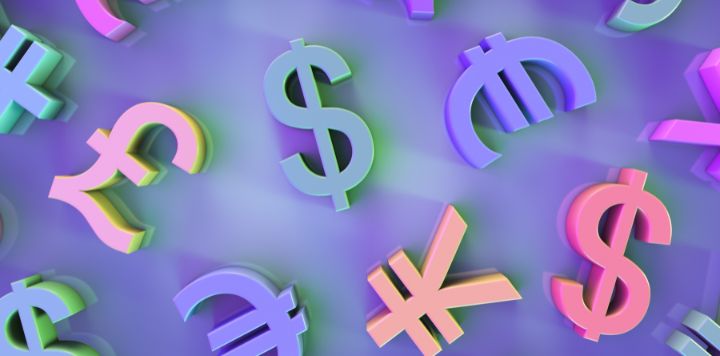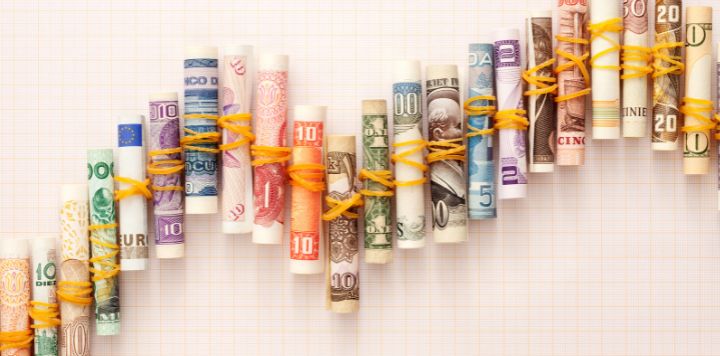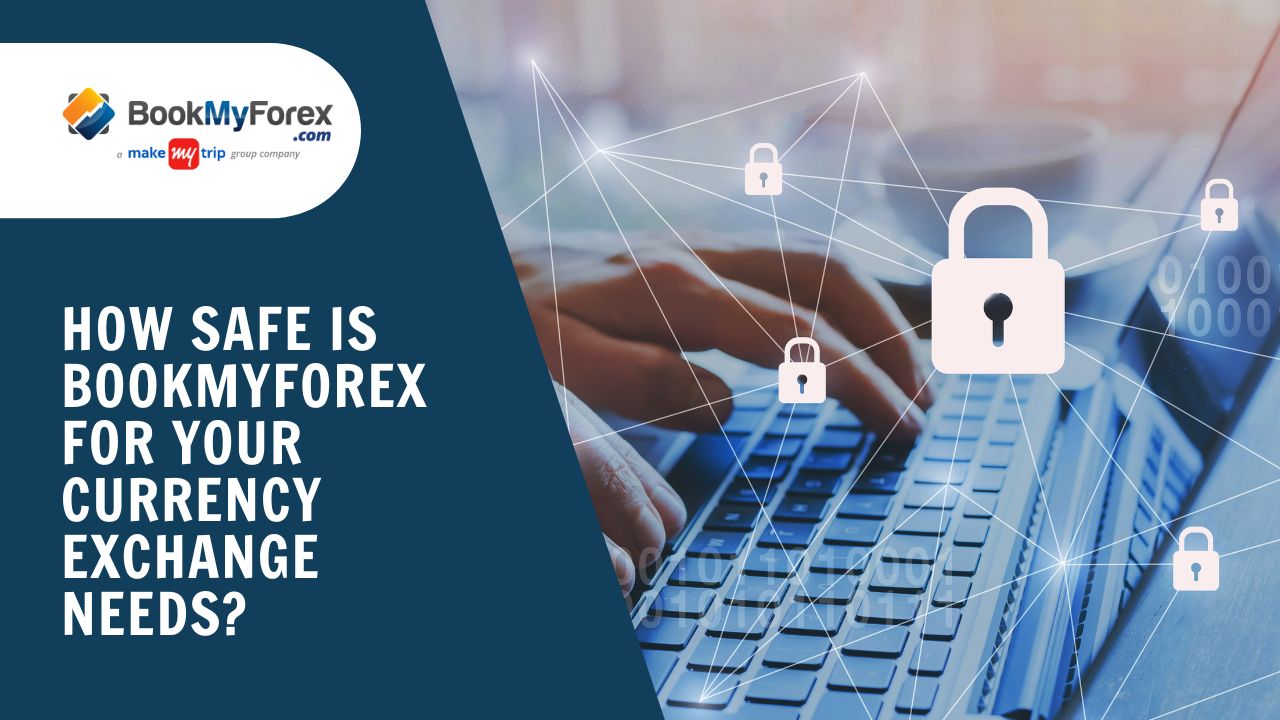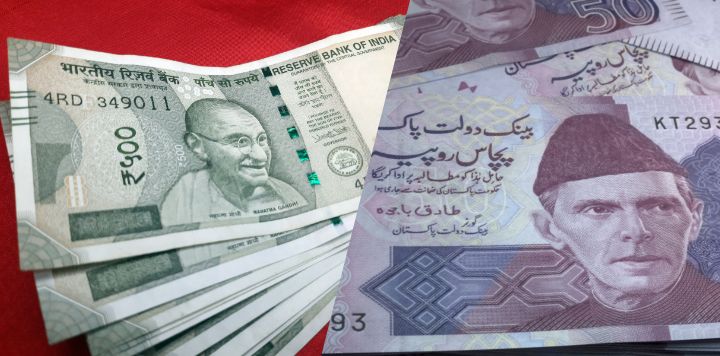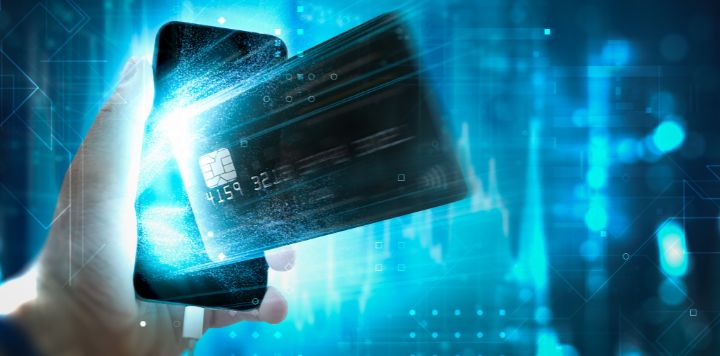Summary :-Planning an international trip? Discover the most cost-effective and secure methods for carrying foreign currency. This blog explores essential tips to ensure a smooth travel experience while maximizing your savings.
When preparing for an international trip, one of the most important financial decisions is choosing how to carry foreign currency. Having a secure and convenient method not only ensures a stress-free travel experience but can also save you money on currency exchange rates and transaction fees.
In this blog, we explore the best ways to carry foreign currency, compare various options, and explain why Forex cards stand out as the most efficient choice.
1. Carrying Cash
Currency notes are the traditional and most straightforward method of carrying foreign currency. It offers immediate access to local currency, ensuring convenience in situations where cards may not be accepted. However, it is not recommended to carry a significant amount of cash at once due to the potential difficulties associated with managing it and the inherent risk of theft. Nonetheless, it is still essential to have some cash for smaller expenses like a cab fare or a quick meal.
Pros:
- Accepted everywhere, even in remote locations
- Ideal for small purchases like transportation, snacks, and tipping
Cons:
- Carrying large amounts can be inconvenient
- High risk of theft or loss
2. Global INR Cards
The Global INR cards are nothing but international credit or debit cards provided by banks that claim to offer zero forex markup. However, these claims can be quite misleading. A quick comparison of the interbank rates on Google and the network rates on this global INR credit/debit card will show the additional rate markup that credit/debit cards carry. The INR travel cards also require customers to open a bank account with the partner bank.
Pros:
- Chip & PIN secured
- Global Acceptance
- Access to airport lounges across India
- Contactless payments (Simply tap to pay)
Cons:
- Account opening required
- Open to rate fluctuations
- Hidden rate markup
- Hefty currency conversion fees
- High ATM withdrawal fees
- Lengthy documentation process
- Not ideal for travelers seeking the best rates
3. Forex Cards
Forex cards, also known as prepaid travel cards, have gained popularity among international travelers due to their numerous advantages. These cards allow you to load multiple currencies onto a single card. Forex cards offer true zero markup interbank exchange rates and minimal fees compared to credit/debit/INR cards. They also provide enhanced security features, including PIN protection and the ability to lock the card if lost or stolen.
Pros:
- Zero markup interbank rates
- No rate fluctuations once the card is loaded
- Zero issuance/reload/unload/annual fees
- No account opening required
- Zero to minimal ATM withdrawal fees
- Quick delivery (usually same-day)
- Complimentary travel insurance
- Zero cross currency fees
Cons:
- None
Why Forex Card is Better Than Global INR Cards?
Out of the three options discussed above, cash/currency notes are considered the traditional way of carrying money while traveling abroad. It is advisable to carry cash in smaller amounts along with your travel card, as having cash in smaller denominations can ensure that you can make small purchases easily, like a quick meal or cab fare.
Now, let’s move on to discuss two other card payment options: Forex cards and global INR cards. Both of them are popular methods of carrying money while traveling abroad. Which is the better option? Let’s find out!
1. Zero Markup Forex Rates
While these INR cards do claim to charge 0 forex markup, their base rates, however, are the underlying network rates. This, however, can be a little misleading as network rates themselves are marked up a little over the interbank rates (the transparent rates seen on Google).
What really sets apart forex cards such as the one from BookMyForex is that one can load foreign currency on these cards at the exact interbank rates, which means that a forex card is a true zero markup card.
2. Exchange Rate fluctuations
In the case of Global INR cards, they do not offer protection against volatility as the currency rates are unclear. When you use this card internationally, the conversion happens at the rate prevalent at the time the transaction is executed.
A Forex card does not carry such a risk. BookMyForex forex cards come preloaded with the currency of the destination country & the exchange rate gets immediately locked in, thus protecting you from rate fluctuations.
3. Card Issuance Ease
A Forex Card can be activated within a few business hours, and it is an instant prepaid instrument designed specifically for foreign travel. Only basic travel documents are required to get a Forex card from BookMyForex. You can apply online via our website or mobile app 24×7 from the comfort of your home and the card will be delivered to you on the same day.
Global INR card can only be obtained after opening a new account with a bank. The bank would require you to complete a KYC verification process. It may also take up to 7 days to receive the actual physical card from the time of KYC verification.
4. Budget Control
A Forex card comes loaded with the local currency of the country where it is used. Thus, you have complete control over each transaction and your overall budget. If you have the BookMyForex multi-currency forex card, you can easily manage your expenses by linking your card to the BookMyForex App.
In the case of Global INR Cards, because the currency in INR is being spent overseas, it will take a lot more effort to determine whether the actual conversion rate was good, bad, or very bad. Hence, you have no budget control or visibility.
5. Theft or Loss of a card
In most cases, forex cards come with a backup card, evidently within the same kit, or can be opted for while buying a new card. In case you lose a card abroad, requests can easily be placed via calls & emails, and replacement cards can reach you abroad within 5-10 working days.
Replacement of a Global INR Card can be a hassle with a lot of back and forth, and a lot of lengthy documentation is involved, and hence, there is room for improvement. Moreover, banks charge quite high fees for replacement of international credit/debit cards.
6. ATM withdrawal fee
When you withdraw money from an ATM using an INR card in a foreign country, you may be subject to a withdrawal fee of up to Rs 500+GST. If you’re a frequent ATM user, imagine the total fees you might accumulate if you withdraw cash 10 times during your trip!
ATM withdrawals through Forex cards either have no cash withdrawal fee or charge a minimal fee, typically around $2 or its equivalent per transaction. This is significantly lower than the fees charged on an INR card.
| Multi-Currency Forex Card | Global INR Card |
|---|---|
| Card pre-funded in the destination Currency | Cards funded in Rupees (INR) |
| All spends in the destination currencies | All spends in INR |
| No Calculations: You got the best rates linked to live interbank rates!! | Always calculating and doing the mental math: 2 to 5% extra charges |
| No rate fluctuations | The haunting effects of rate fluctuations |
| No Account Opening Required: just book it online and get same-day delivery | Account opening with partner bank and lengthy documentation process |
| No worries !! Always Happy !! | Longer processing time and bank visits involved |
| Always thinking !! Always worried !! |
Final Verdict – What is the best way to carry currency while traveling abroad?
When it comes to carrying currency abroad, a Forex card such as the BookMyForex multi-currency forex card presents a secure, convenient, and cost-effective solution. With enhanced safety features, card management via the app, and the ability to lock in favorable exchange rates, the card is undoubtedly the best way to carry money while traveling. It is accepted everywhere such as in stores, ATMs, restaurants/hotels, and e-commerce websites worldwide.
It is also recommended to carry a small amount of currency notes along with a forex card. Say you’re traveling to the US or Europe, which are cashless countries. Carry 90% of your travel money on the card, but keep 10% in cash for small ticket purchases such as train tickets, taxi fares, or a quick meal.
Based on the reasons outlined above in the blog, it is recommended to stay away from Global INR cards or international debit/credit cards when traveling abroad. If you’re planning an overseas travel, you can buy your forex card from BookMyForex, India’s most trusted online forex platform.
